Complete Guide to Commercial Pasta Equipment: From Basics to Production
Introduction
Choosing the right commercial pasta equipment is vital for improving production efficiency, ensuring product consistency, and meeting large-scale production demands. From handcrafting to fully automated production lines, selecting the appropriate equipment for your restaurant or food factory is essential. This guide will help you understand the pasta-making process and recommend the right equipment for different business needs.
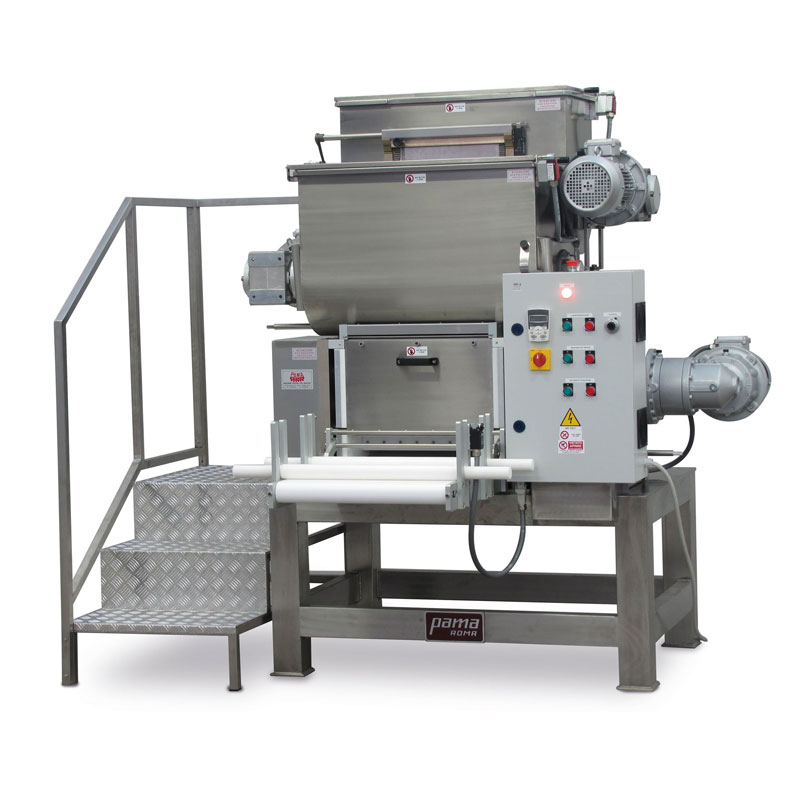
The Complete Pasta Making Process
Before diving into commercial pasta equipment, it’s important to understand the complete pasta-making process. This process can be divided into several key steps, each of which requires specific equipment to ensure product quality and production efficiency.
Dough Preparation
Pasta production starts with preparing the dough. The quality of the dough is crucial for ensuring high-quality pasta. The right combination of flour, water, and salt is essential. For commercial pasta production, dough mixers are used to ensure uniform mixing and consistency. These mixers reduce the labor time and ensure the dough is properly prepared for extrusion.Relevant Equipment: Commercial dough mixers, flour elevators.
Extrusion & Shaping
Extrusion is a vital step in commercial pasta production. Commercial pasta extruders force the dough through molds to create different pasta shapes. These extruders are designed to produce a variety of pasta types, such as spaghetti, fettuccine, macaroni, and dumpling wrappers. High-efficiency electric extruders can produce large quantities of pasta in a short time, making them ideal for large-scale production.Equipment Selection: Electric commercial pasta extruders (suitable for medium to large restaurants and factories) and manual extruders (ideal for smaller restaurants or artisanal pasta makers).
Cutting & Shaping
After extrusion, the pasta is cut into the desired lengths using pasta cutters. Commercial pasta cutters are equipped with automatic cutting features that adjust to different pasta shapes and sizes. Automatic cutters increase production efficiency and ensure that each pasta strand is uniform in length and size.Relevant Equipment: Commercial automatic pasta cutters, adjustable noodle cutters.
Drying & Packaging
Once the pasta is extruded and cut, it must be dried to preserve its shelf life. Commercial pasta dryers ensure that the pasta dries evenly and efficiently. This step is essential for long-term storage and distribution. After drying, the pasta is typically packaged for sale. Commercial packaging machines automate the process of bagging and sealing, improving overall productivity.Relevant Equipment: Commercial pasta dryers, automatic packaging machines.
Equipment Selection Guide: How to Choose Commercial Pasta Equipment
When selecting commercial pasta equipment, it’s important to understand the features and applications of each type of machine. Below are key equipment recommendations based on production needs and restaurant scale:
Commercial Pasta Extruders
The pasta extruder is the heart of the production process. Extruders are available in electric and manual models:Electric Extruders: Best suited for medium and large-scale restaurants and food factories. These machines provide high-speed, high-volume production, making them ideal for businesses that need to produce large quantities of pasta quickly.
Manual Extruders: Suitable for small restaurants or artisanal pasta makers. While manual extruders are less efficient than electric models, they are more affordable and provide the flexibility for customized pasta products.
Commercial Pasta Cutters
Commercial pasta cutters are used to cut the extruded dough into uniform pasta strands. Automatic cutters are highly recommended for large-scale production as they save time and reduce human error. The cutters are adjustable, allowing you to produce different pasta shapes and sizes as needed.Automatic vs. Manual: For larger operations, automatic cutters are ideal, while smaller businesses can consider manual cutters for customized batches.
Commercial Dough Mixers
A commercial dough mixer is essential for preparing large batches of dough. These mixers ensure that all the ingredients are evenly blended, reducing human effort and time. For medium and large-scale operations, high-capacity commercial dough mixers are recommended to handle large volumes of dough efficiently.Commercial Drying and Packaging Equipment
For large-scale pasta production, commercial drying equipment helps speed up the drying process and ensures uniform drying conditions. Packaging equipment automates the bagging, sealing, and labeling processes, enhancing productivity and maintaining hygiene.Relevant Equipment: Commercial pasta drying systems, automatic pasta packaging machines.
Recommended Equipment Combinations for Different Restaurant Scales
Small Restaurants & Pasta Shops
Recommended Equipment: Manual or small electric extruder + Small pasta cutter + Small dough mixer.
Ideal for small-scale operations that require flexibility and customization. Manual or semi-automatic systems are typically sufficient for low-volume production.
Medium Restaurants & Food Factories
Recommended Equipment: Medium-sized electric extruder + Automatic pasta cutter + Medium-sized dough mixer.
Best suited for restaurants and medium-sized food factories that need higher production capacities and automation.
Large Food Processing Factories
Recommended Equipment: High-power electric extruder + High-speed automatic pasta cutter + Automatic drying and packaging system.
Perfect for large factories that produce pasta at an industrial scale, with high-volume production needs and fully automated systems.
Common Pasta-Making Supplies & Consumables
Pasta Accessories: These include various pasta molds, dough feeders, and cutting attachments. Depending on your production requirements, different accessories can enhance flexibility and efficiency. For example, interchangeable molds allow you to produce different pasta shapes, such as spaghetti, penne, fusilli, and more.
Pasta Consumables: Ingredients such as flour, salt, and water are essential for making high-quality pasta. The quality of your pasta supplies greatly impacts the texture and taste of the pasta. It’s important to source high-quality raw materials for consistent results.
Equipment Comparison: Electric vs. Manual
Electric Equipment
Electric equipment is designed for medium to large-scale production lines. They are faster, more efficient, and require less manual labor.
Best suited for businesses that need to produce large quantities of pasta consistently.
Advantages: High-speed production, automation, reduced labor costs.
Manual Equipment
Manual equipment is ideal for small-scale operations or businesses that require custom, artisanal pasta.
Advantages: Lower cost, flexibility for customized pasta products, and simplicity of use.
Conclusion & Call-to-Action (CTA)
Selecting the right commercial pasta equipment is essential for improving production efficiency and ensuring high-quality pasta. With the right equipment, you can meet the demands of your restaurant or food factory while maintaining consistent product quality. Follow the equipment recommendations in this guide and take your pasta-making business to the next level.
CTA: “Ready to elevate your pasta production? Choose the perfect commercial pasta equipment for your business today. Contact us for a consultation or browse our full range of pasta-making machines and accessories!”
Must-Read Blogs For Chain Restaurants Owner

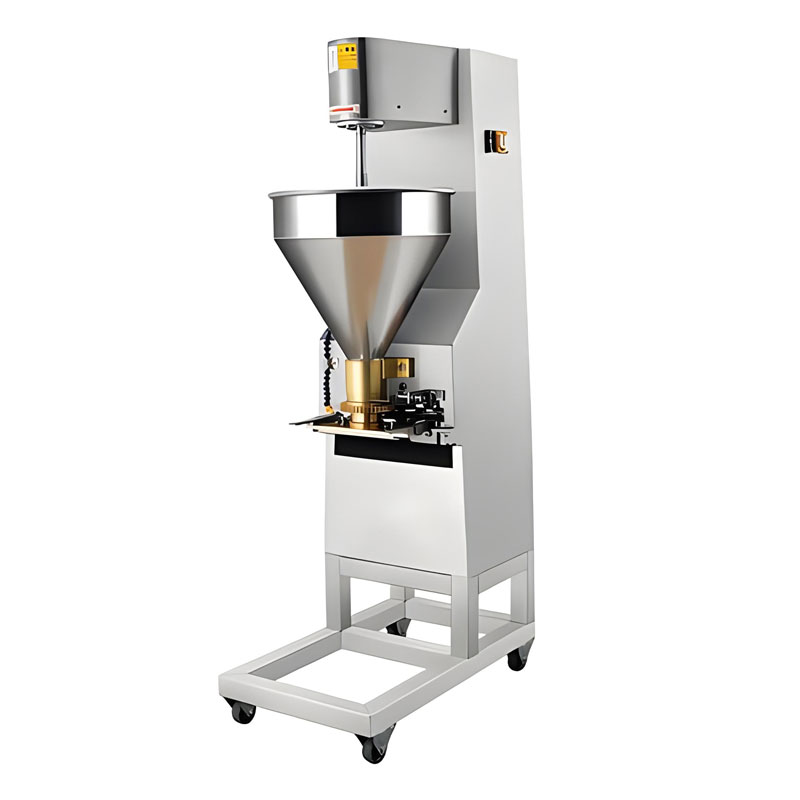
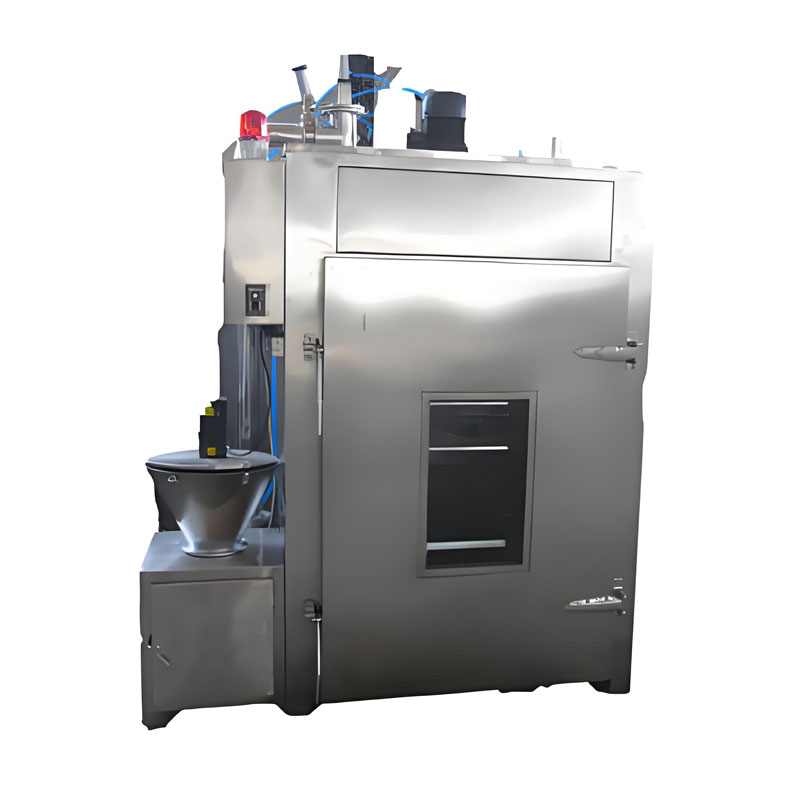
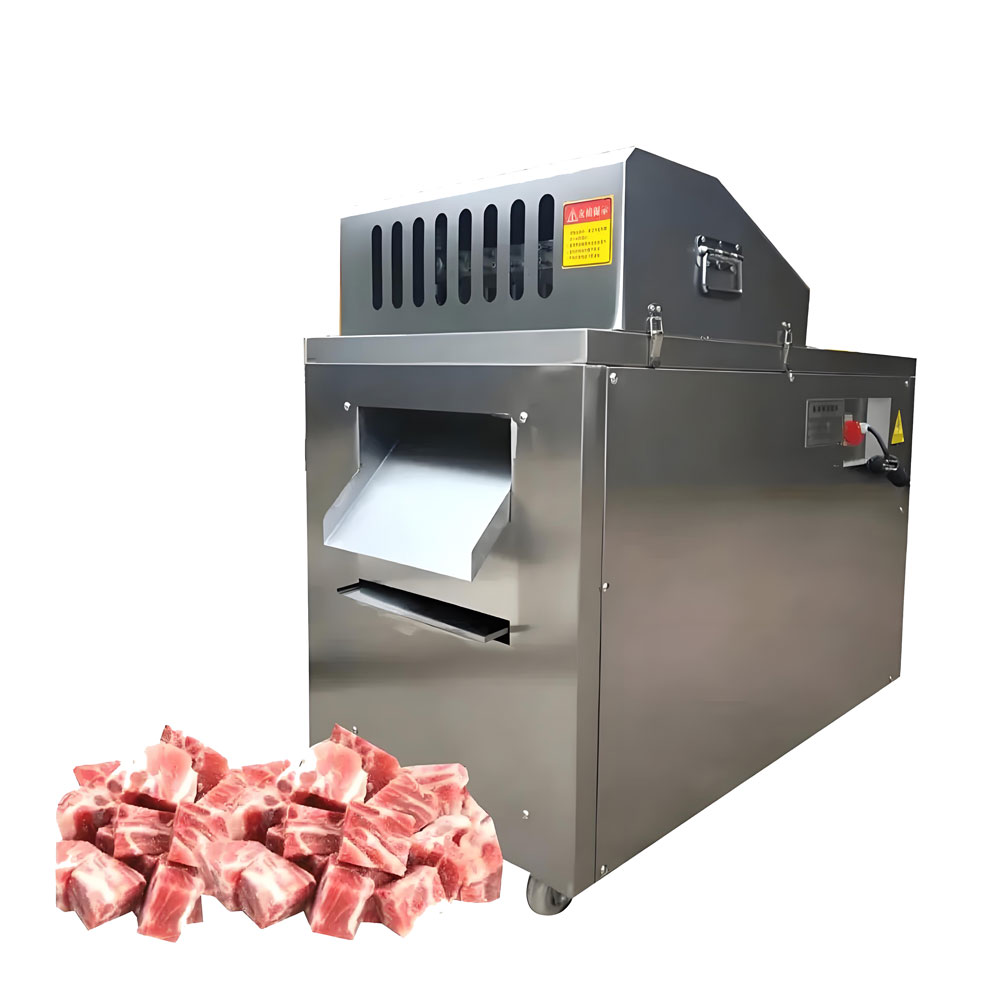
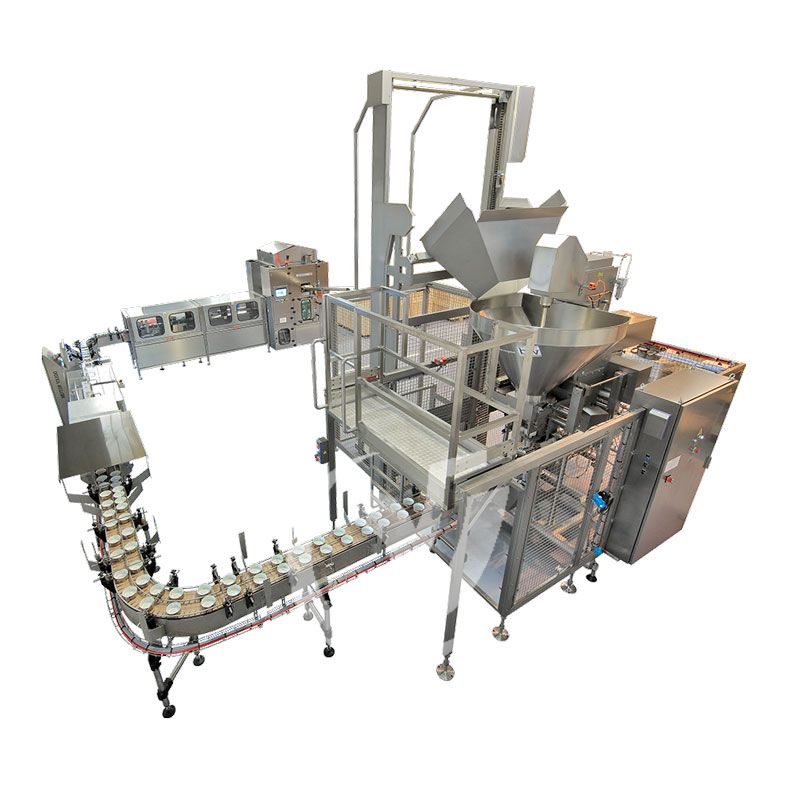

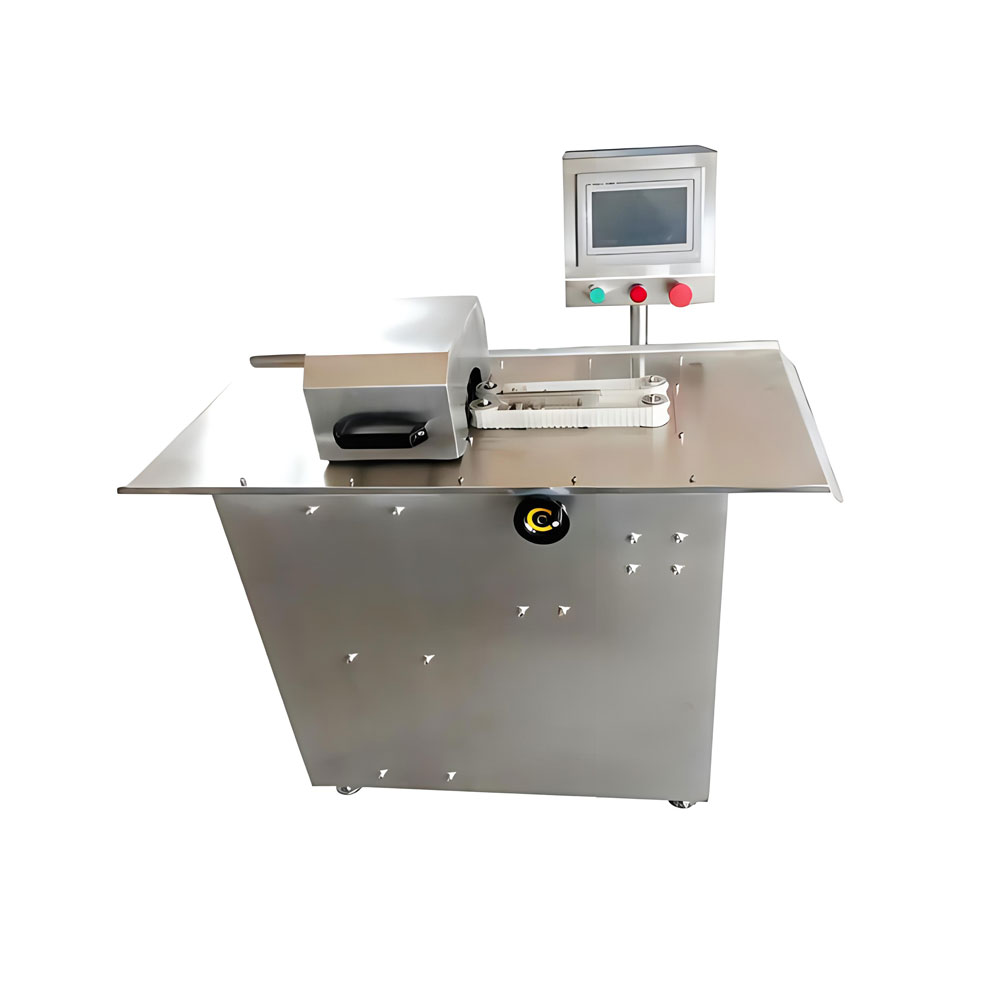
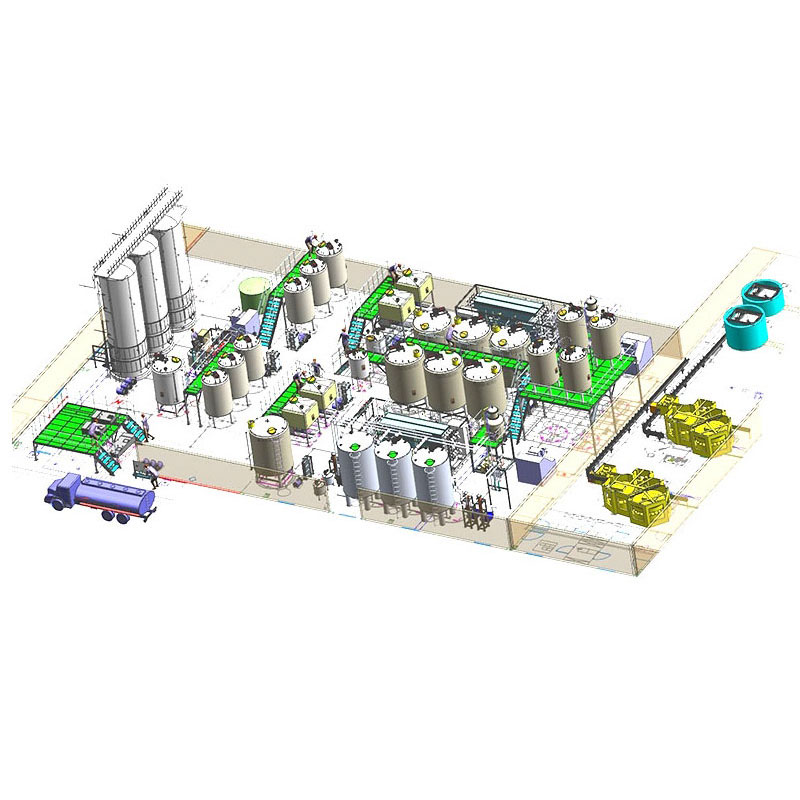
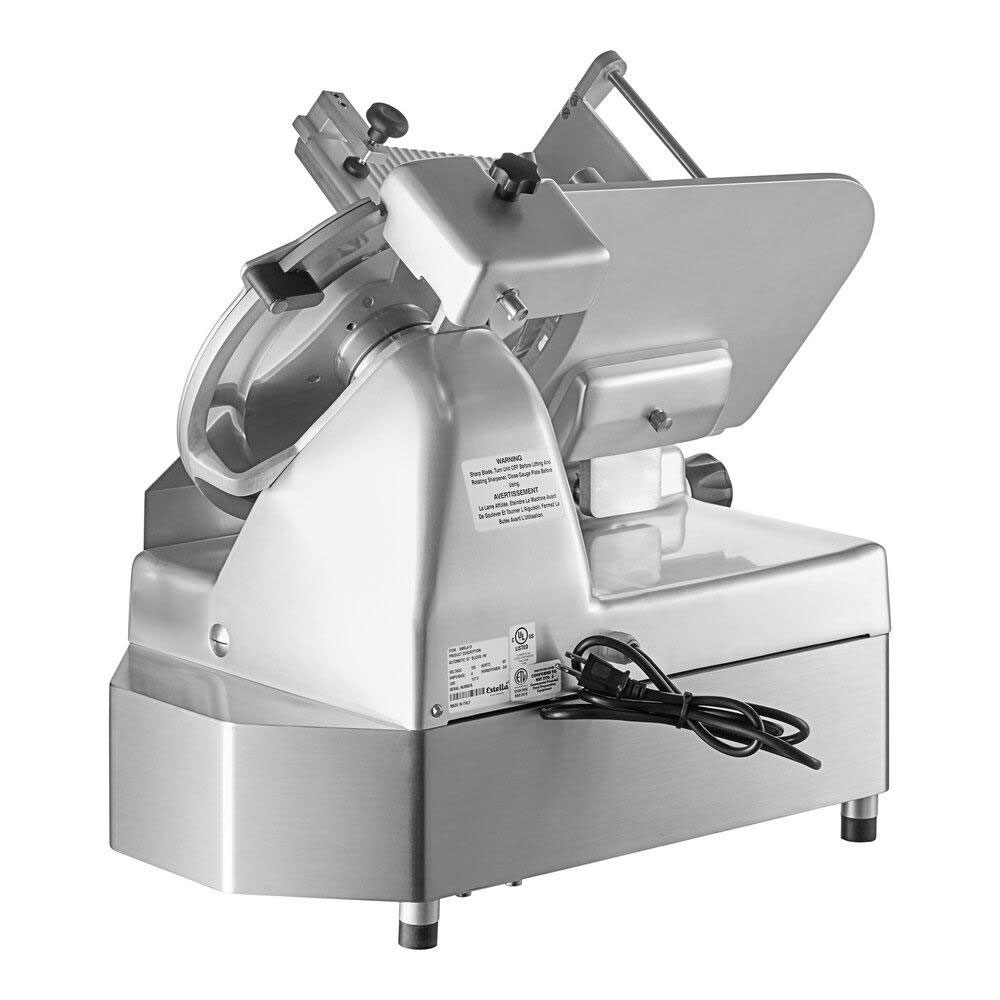
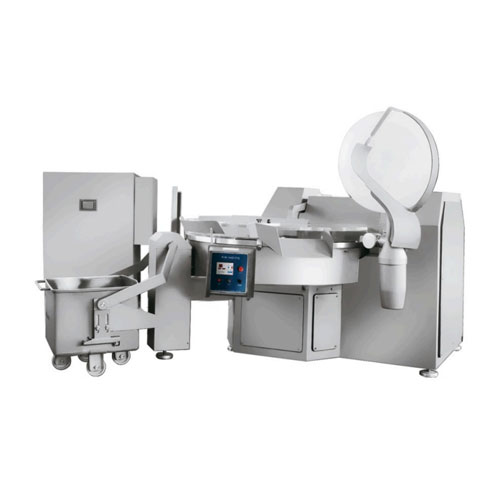
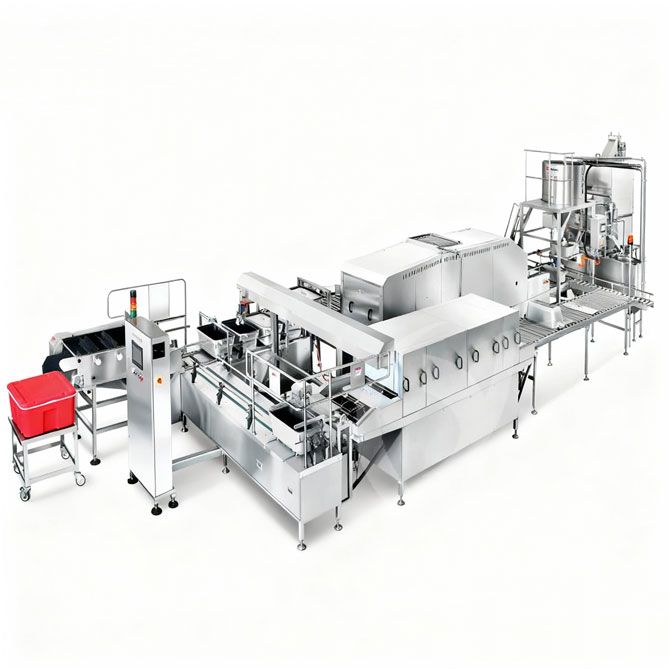
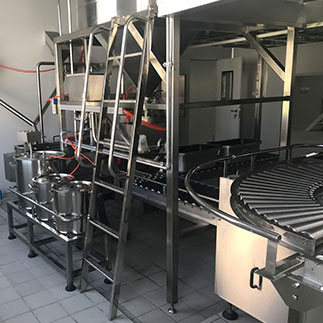 Cold Chain Rice Production Line
Cold Chain Rice Production Line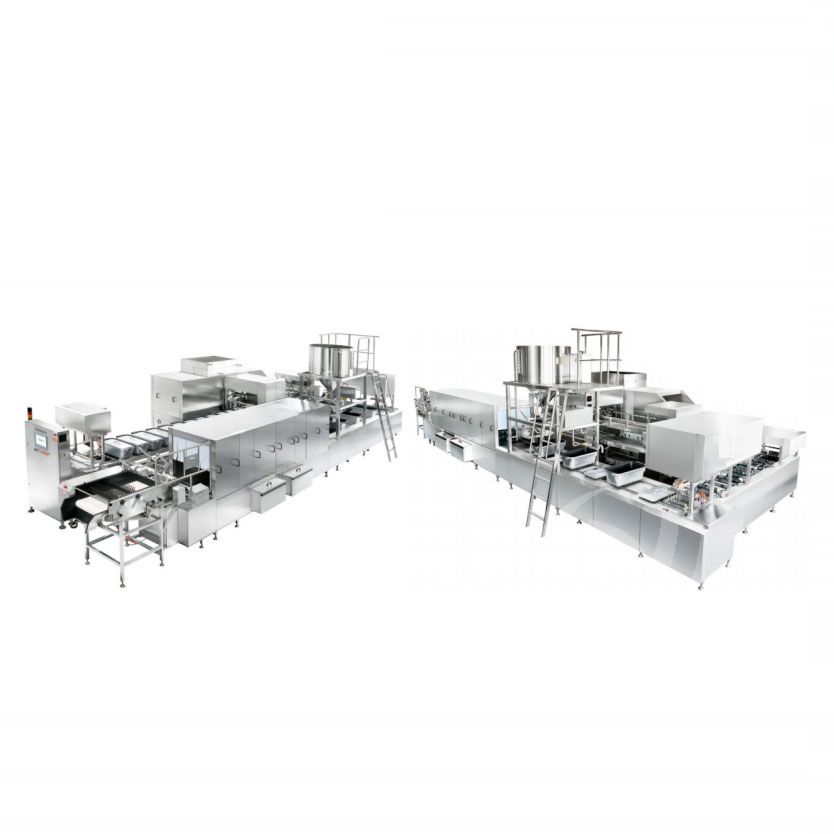 Unmanned Intelligent Rice Production Line
Unmanned Intelligent Rice Production Line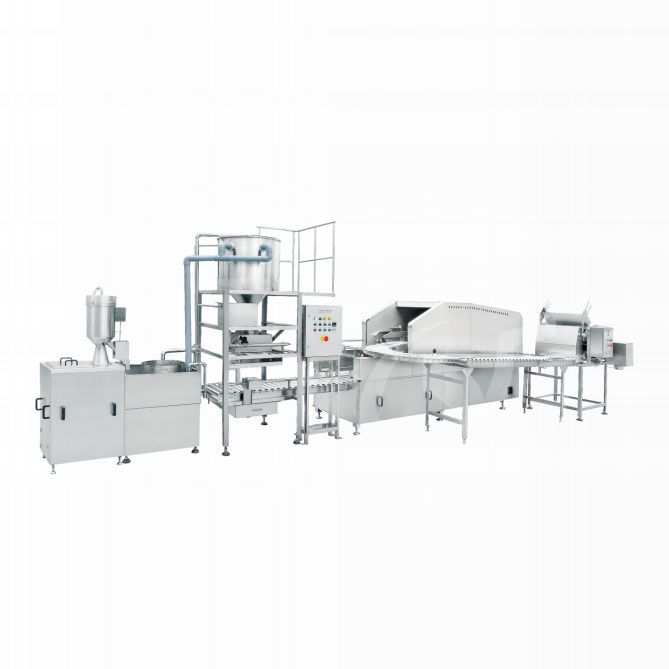 Automatic Rice Production Line
Automatic Rice Production Line
Ready to Get Started?